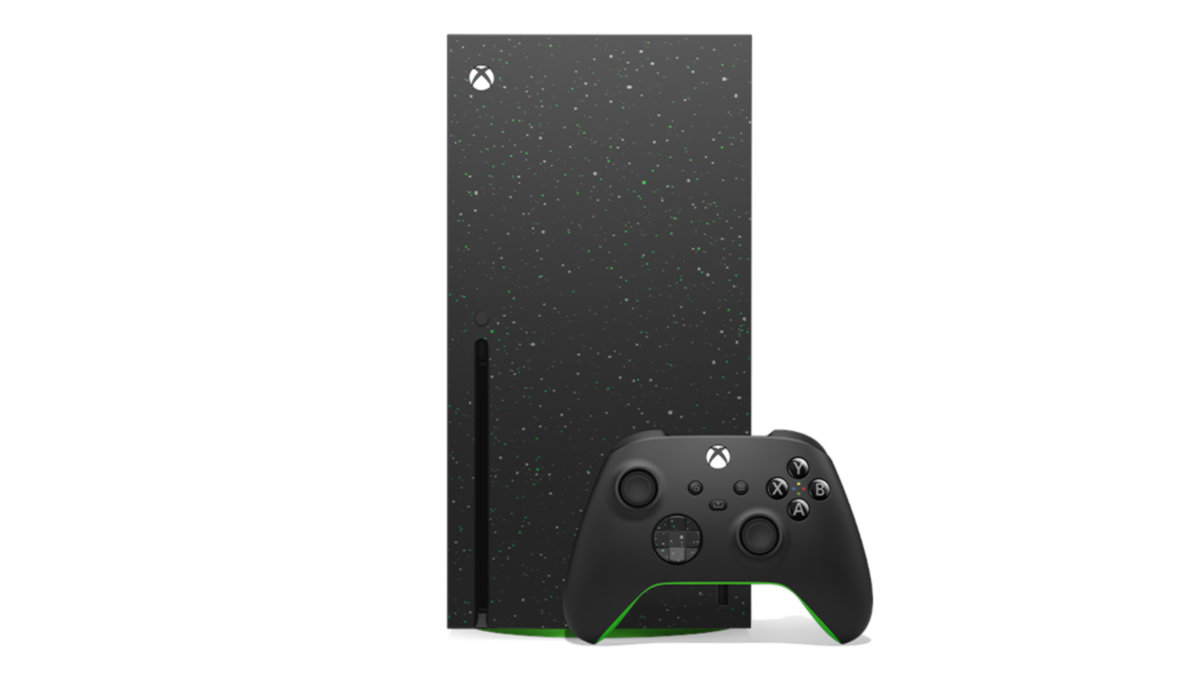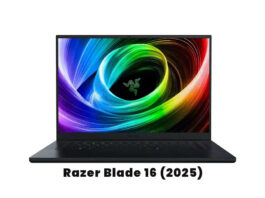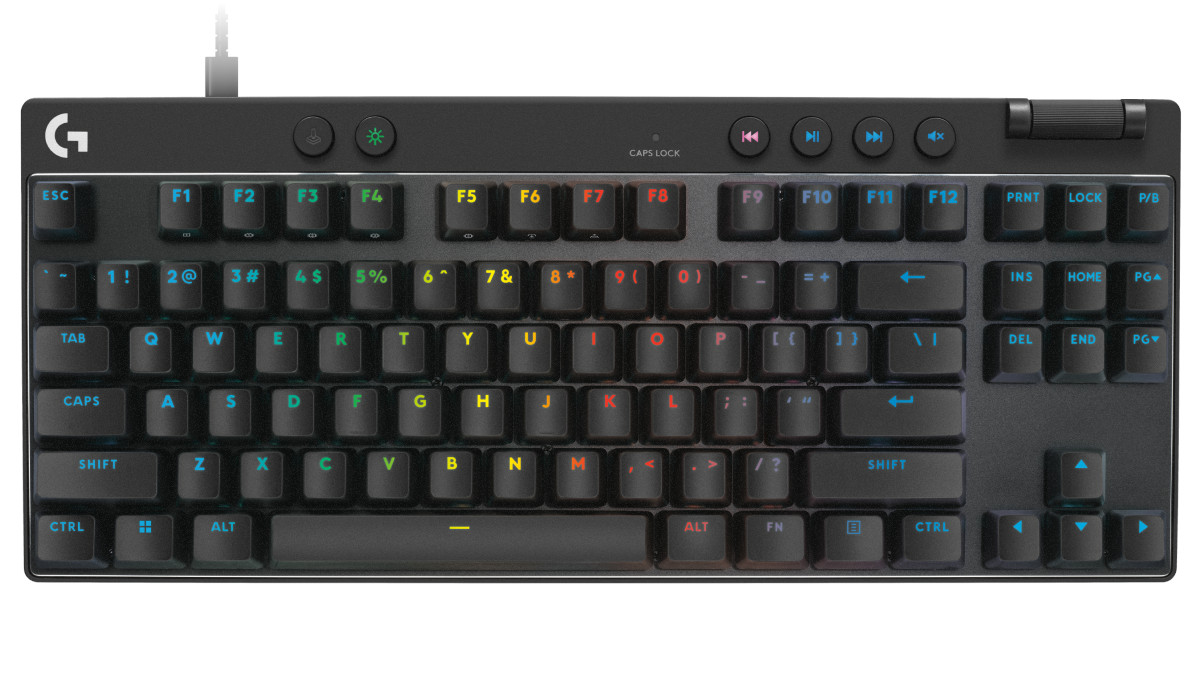Apple’s Vision Pro headset for spatial computing has garnered significant attention. In July, the company intends to establish developer test labs in Cupertino and five other global locations for firsthand interactions with the headset. This article aims to outline the distinctive aspects of the Apple Vision Pro compared to other augmented reality (AR), mixed reality (MR), and virtual reality (VR) headsets. Additionally, it will highlight potential limitations and offer insights from TIRIAS Research.

Understanding Spatial Computing, VR, AR, and MR: A Brief Introduction
Apple’s Vision Pro headset embraces the concept of spatial computing, which, in Apple’s terminology, involves seamlessly merging digital content with the physical environment. Essentially, it allows users to visually and audibly incorporate digital elements into their real-world surroundings. Apple adopts a broad definition for spatial computing, as this technology will evolve over time, with the Vision Pro representing its initial generation.
Virtual Reality (VR) headsets, such as Meta’s Quest, HTC’s Vive, and Sony’s PlayStation VR2, utilize front-facing displays to enable users to experience computer-generated virtual environments. These environments can encompass computer games, 3D video scenes, or virtual worlds within the metaverse. Hand-held controllers are commonly used for interacting with the virtual environment. VR headsets often come in bulky forms and can either be connected to an external computer or game console or function as standalone devices.
Augmented Reality (AR) aims to integrate virtual elements into the user’s real-world environment. AR solutions often manifest as smart glasses, like Magic Leap 2, Microsoft’s HoloLens, Lenovo’s ThinkReality A3, or Qualcomm’s Snapdragon AR reference design. AR glasses incorporate screens or projectors that display images in front of the user’s eyes while allowing them to maintain awareness of their surroundings. This enables users to perceive and process their surroundings naturally while also seeing digital images within their field of view. Due to enhanced displays and electronics, AR glasses are bulkier than regular glasses. Additionally, they tend to be expensive due to the specialized display and electronics required. AR glasses find applications in various industries, such as remote repair and shared digital experiences. The processing and batteries can be either external or internal/standalone, as seen in the Magic Leap 2, where the computing and battery are housed in an external “puck” to reduce headset weight.

Mixed Reality (MR) headsets, like the Varjo AR series and the Apple Vision Pro, combine VR headsets with external cameras that transmit the user’s external world to internal displays. MR effectively blends the real and virtual worlds into a single visual environment. This presents a significant challenge since matching the visual processing capabilities of the human eye and brain with digital displays and cameras is complex. As a result, MR headsets are limited in mobility, primarily suited for stationary or confined environments, as they lack real-time depth perception and peripheral vision. MR headsets require advanced sensor technology and image processing, rendering them more expensive than VR headsets. Like VR headsets, they tend to be bulky and have limited battery life, typically lasting only a few hours at best. While some VR headsets, like the Quest 2, offer limited camera passthrough capability, it is mostly for minimal external interactions and not for fully rendered external environments. MR headsets can be either tethered to an external computer (Varjo AR) or function as standalone devices (Apple Vision Pro).
Apple’s Spatial Leap
Although Apple doesn’t explicitly label the Vision Pro as a mixed-reality headset, it aligns closely with that categorization. Apple’s use of the term “Spatial Computing” allows them to avoid industry preconceptions, and future iterations may resemble augmented reality (AR) glasses. Apple often applies unique names to existing technologies to differentiate its products.

The Vision Pro headset takes personalized pass-through functionality to a new level. The headset must be customized for each individual, including selecting the headband, face “light seal,” and Zeiss prescription glass inserts. Unlocking the Vision Pro involves an iris log-in function, and users create an individualized “persona” through a facial scan, uniquely binding each Vision Pro to a specific user. While reports mention a “guest” log-in option, it remains uncertain if multiple user logins will be supported. This limitation may restrict the Vision Pro’s use in commercial settings where multiple users need to preview designs or explore virtual showrooms, unlike other AR glasses and MR headsets.
In terms of user experience, the Vision Pro delivers a highly immersive experience by utilizing pass-through video from external cameras with minimal lag. This impressive performance is likely due to the powerful custom R1 chip inside the headset. However, it’s important to note that the Vision Pro is not comparable to a pair of AR glasses. Without an operational camera and display, the user is left in darkness when the battery depletes. In contrast, AR glasses typically revert to see-through mode when the battery runs out. Nonetheless, with pass-through AR, developers can seamlessly replace or modify real-world objects with digital counterparts in real-time.
The Vision Pro operates on the new VisionOS operating system, which supports flexible definitions of user space through bounded and unbounded volumes. This capability facilitates the transition for developers and users from traditional 2D windowing interfaces to immersive volumetric experiences.
Limitations of the Vision Pro
The Vision Pro is primarily designed for indoor use, mainly in a seated position. Apple includes warning signals to prevent excessive movement, making it unsuitable for active activities like playing Beat Saber or intense exercise.
The market positioning of the Vision Pro targets personal productivity and entertainment, but it offers limited game support and does not come bundled with a controller. With a price tag of $3499, it is not a mass-market device like the $400 Meta Quest 2. However, it also lacks the multiuser capability found in professional devices such as Microsoft HoloLens or Magic Leap 2. Additionally, if Apple intends to target professional applications, modifications would be needed, as the fabric-based head strap may not meet requirements for industrial and medical use. On the other hand, the Magic Leap 2 has been approved for surgical settings.
The Vision Pro is not designed for extended use without a power supply. Its battery life is limited to two hours, which is insufficient for lengthy activities like watching a Marvel movie. Apple recommends connecting the external battery to a power source for extended sessions. It would be advantageous if Apple offered a battery hot swap option, as being constantly plugged in may not always be feasible, such as during a flight.
While the Vision Pro offers exceptional visual quality, it currently lacks support for variable depth focusing. This feature is crucial for reducing eye strain when viewing virtual objects at different distances. Utilizing eye tracking, Apple could potentially address this issue by dynamically adjusting focus based on the user’s gaze.
The Vision Pro is not a lightweight headset due to the presence of electronics in the faceplate and its glass and aluminum construction. The practicality of extended wear based on its weight remains to be determined, as demo sessions during the launch were limited to 30 minutes. Many other headsets utilize lighter-weight plastic materials, and several AR glasses offload the electronics into an external “puck,” similar to Apple’s battery pack.
The external display on the faceplate, which showcases virtual eyes and face, is not a pass-through from the camera. Instead, it generates a synthetic image based on facial scans and eye tracking. This may elicit an “uncanny valley” response from external viewers.
Currently, the Apple Vision Pro is tied exclusively to the Apple ecosystem and functions best, if not solely, with Apple products. It lacks an open ecosystem and does not currently support OpenXR.
The Vision Pro is set to be available in early 2024, starting at $3499, the same price as Microsoft’s HoloLens 2. The reveal did not mention memory or storage capacity, providing an opportunity for Apple to offer additional upsells, a common practice for the company.
TIRIAS Research’s Perspective on Vision Pro
Although we haven’t had the chance to personally experience the Vision Pro platform, we find its design to be impressive. The combination of micro-LED displays, lenses, eye tracking, and spatial audio promises an immersive experience, particularly for video content. The inclusion of customized Zeiss lenses for individuals wearing glasses is a thoughtful design feature that enhances the platform’s adaptability to a broader range of users.

The most notable advancement in Vision Pro is its user interface (UI). No other platform has achieved such seamless integration of head, eye, hand, and voice control at this level. Apple’s ability to integrate all system elements into a user-friendly platform is evident. Apple has even developed a dedicated operating system, VisionOS, specifically for Spatial Computing, indicating its intention to create more products in this domain.
Obtaining top apps and high-value content remains a challenge for the Vision Pro platform, similar to other platforms in this space. We anticipate that Apple may eventually introduce a lower-cost non-Pro model to cater to a broader market. However, for now, the Vision Pro will occupy a unique position in the market, offering a premium experience at a premium price. It can be likened to the Ferrari of AR/VR/MR headsets.
Discover more from NewForTech
Subscribe to get the latest posts sent to your email.



